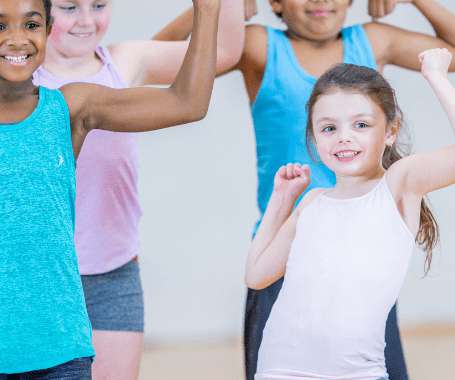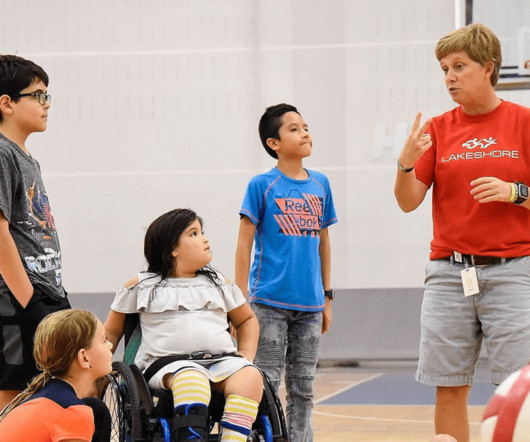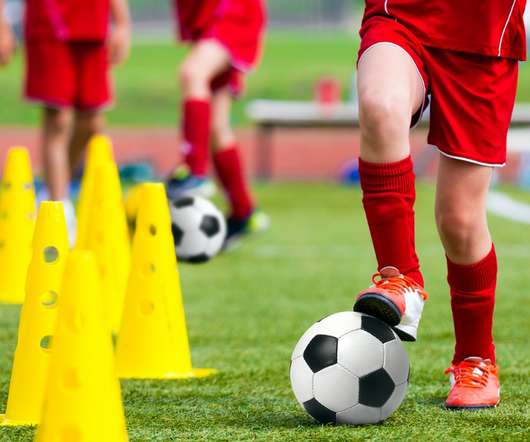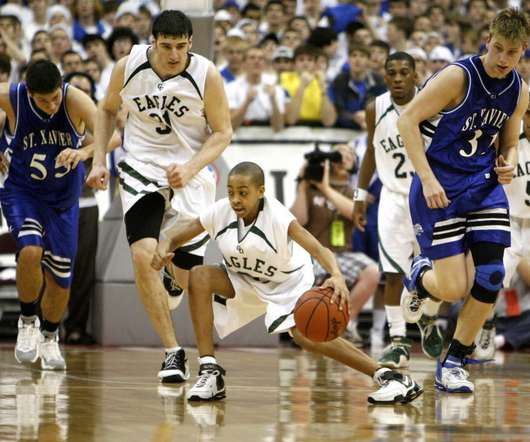Health Benefits Of Physical Education In Schools
PLT4M
AUGUST 22, 2023
Less than 25% of children achieve the recommended 60 minutes of physical activity a day. This is because quality physical education doesn’t just help students achieve regular physical activity in the moment. Balance and Coordination – Reduces the risks of falls. Bone Strength- Improves bone health.












Let's personalize your content